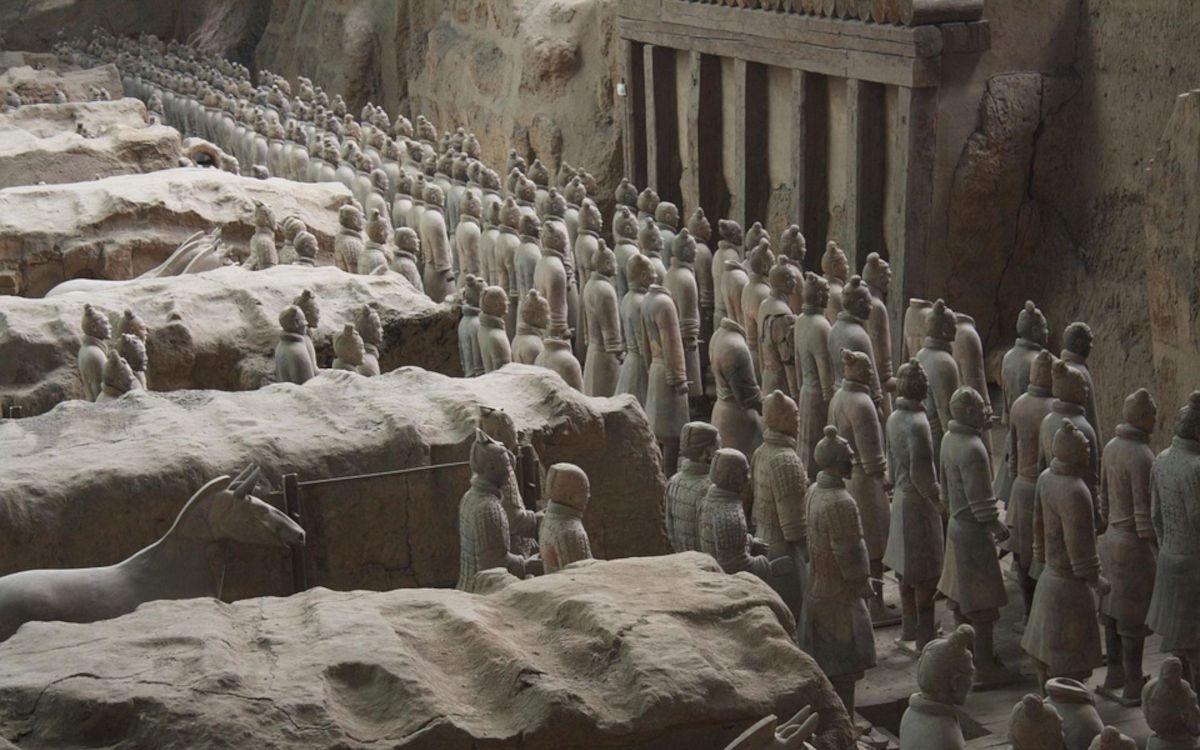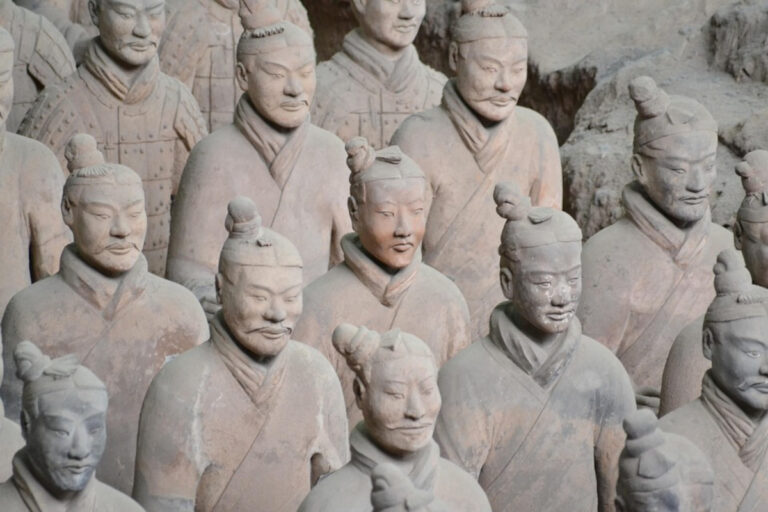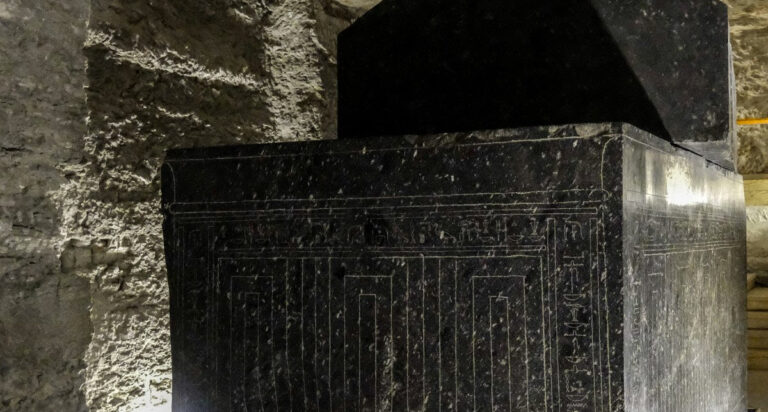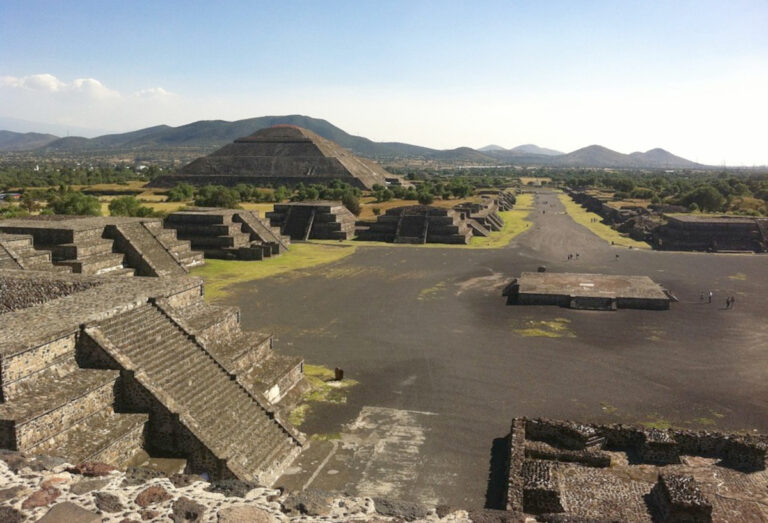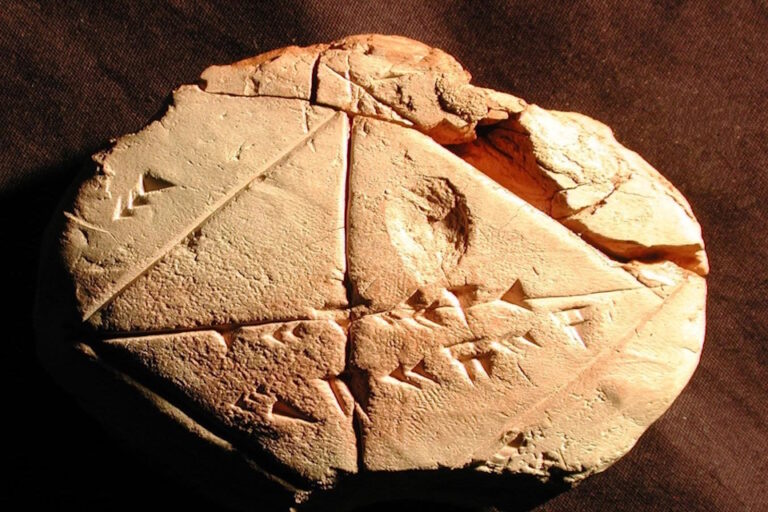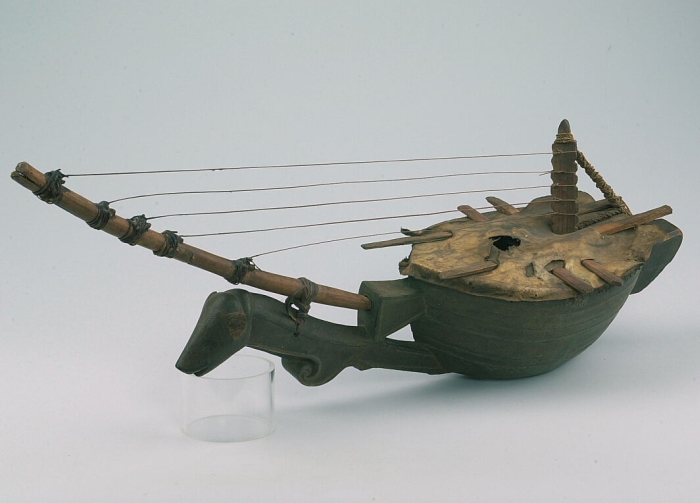Deep beneath a 76-meter-high burial mound in Xi’an, China, lies the unopened tomb of Qin Shi Huang, the first emperor to unify China in 221 BCE. Despite knowing its location and the tomb’s monumental historical value, archaeologists have chosen not to excavate the central burial chamber. This decision isn’t due to mystery or oversight—but to a complex combination of scientific, cultural, and ethical concerns that have made this tomb one of the world’s most carefully protected archaeological sites.
One of the most compelling reasons for the tomb’s sealed status is the lack of adequate preservation technology. Historical accounts from the Han dynasty historian Sima Qian describe a burial chamber filled with palaces, towers, and even a flowing miniature landscape of China, complete with rivers of mercury. Excavating such a space without destroying its fragile contents requires technology and techniques that currently do not exist. China’s policy, in line with international best practices, is to preserve ancient artifacts in situ until proper conservation can be assured.
Adding weight to these ancient descriptions are modern scientific findings. Soil samples taken from the vicinity of the burial mound show abnormally high levels of mercury, supporting the idea that the tomb may contain vast quantities of the toxic substance. This presents a serious health risk to anyone entering the chamber and also raises concerns about how excavation could impact the local environment. Mercury vapor, if released suddenly, could contaminate surrounding areas or even pose a danger to workers.
Cultural and ethical considerations also play a significant role. Modern Chinese archaeology emphasizes the principle of non-intervention, which prioritizes preservation over display. The idea is to wait until future generations possess the tools and knowledge needed to responsibly uncover and protect such priceless treasures. This philosophy is especially strong when it comes to tombs, which are considered sacred resting places. Opening them without absolute necessity is viewed by many as a form of disrespect.
In addition, the tomb’s structural complexity makes excavation extremely risky. The central chamber lies beneath layers of earth and possibly traps or collapsing passageways, according to ancient records. Excavating it without causing physical damage to the tomb—or triggering a collapse—would require advanced engineering techniques and a great deal of international cooperation. To date, no such project has been proposed that could guarantee the safety of the site and its contents.
What makes this situation even more fascinating is that the surrounding area has already yielded extraordinary finds, such as the famous Terracotta Army. Discovered in 1974, these life-sized clay warriors were part of the emperor’s elaborate afterlife preparations and are located just east of the burial mound. The sheer detail and scale of these pits, numbering thousands of unique figures, suggest that the central tomb may hold even more astonishing discoveries—adding to the caution about rushing into it.
In fact, the Terracotta Army’s discovery helped shift archaeological thinking in China. Instead of focusing on unearthing the tomb at all costs, researchers chose a more patient route, using non-invasive methods like ground-penetrating radar to map the underground palace. These studies confirm that the chamber is enormous—possibly 260 meters long and 160 meters wide—and appears to be untouched since it was sealed over 2,000 years ago.
In conclusion, the Tomb of Qin Shi Huang is not a lost mystery waiting to be discovered, but rather a known wonder waiting for the right moment in history to be unveiled. The combination of potential hazards, preservation challenges, ethical concerns, and cultural respect has led to a rare consensus: this tomb should remain unopened—at least for now. When the time does come, it may reveal one of the greatest archaeological stories the world has ever seen.
